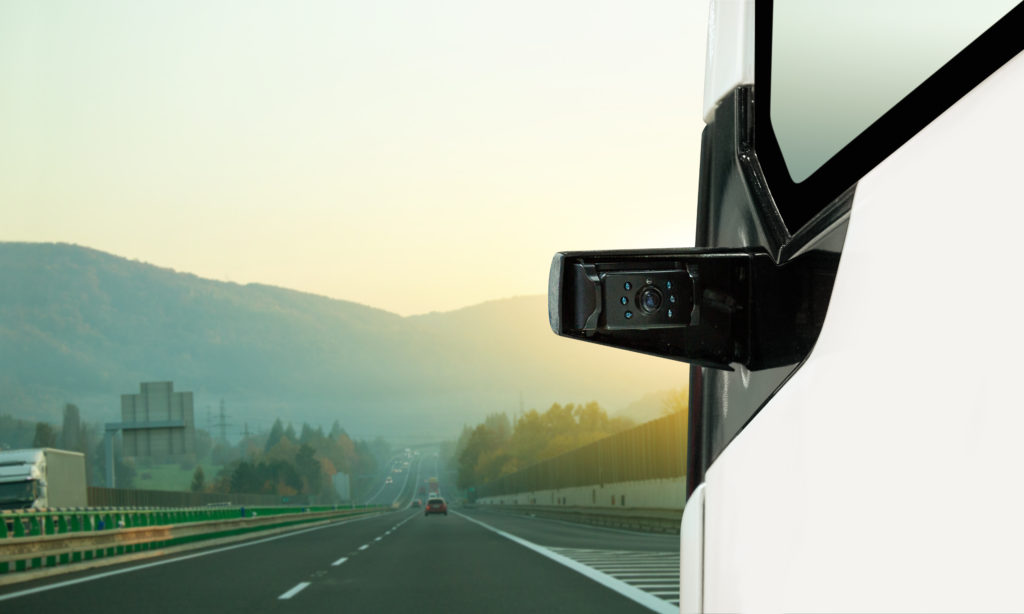
Trucking companies have been working to avoid protracted litigation, fight rising insurance costs, and coach their drivers with onboard cameras.
The reasoning behind this development is that having cameras installed on a truckers’ dashboards will potentially lower premiums, especially if a recording exonerates a driver after a dangerous event. Because of this, most insurance companies have expressed their support of these onboard cameras; however, it has long been in question whether or not these in-cab video capabilities will actually bring discounted insurance premiums.
Currently, trucking companies believe that once data and footage are analyzed and can show that fleets are effectively using this technology to train drivers and keep them accountable, the insurance breaks will come. Still, expensive settlements within trucking litigation have seen large increases, which, in turn, boost fleets’ overall insurance costs.
“These types of settlements are driving our trucking companies out of business, driving insurance rates to levels we’ve never seen in the last decade,” said Jim Angel, video intelligence solutions vice president of Trimble, a company providing Class 8 Fleets with in-cab camera systems.
Fleets can also gain liability protection with onboard video capabilities, though.
“More often than not, the truck driver is exonerated,” said SmartDrive operating officer Jason Palmer. SmartDrive offers fleets a variety of video-based safety programs. “It’s really there to protect the driver, and even if they are at fault, they’d want to know about it right away.”
Angel explained that because fatal car-truck crashes are typically caused by passenger car drivers (70-75% of the time, according to an American Trucking Associations 2013 report), companies can easily get lower insurance deductibles when they win most litigation battles. Therefore, with the help of onboard camera footage, trucking companies will no longer have to pay out as many false claims.
“If you take advantage of the odds of truck drivers only being at fault a small minority of the time, then having the right tools is absolutely key,” explained Angel.
Bob Fuller, AssuredPartners/Fleet Risk Management agency president agrees.
“Paying for claims and damages that are the fault of the truckers is not really the issue,” he said. “No one is trying to dodge legitimate liability, but we’re trying to isolate that legitimate liability as compared to frivolous litigations–claims that have no foundation–and the camera certainly helps us do that.”
Onboard camera system supplier, Lytx, has worked with insurance companies for over 10 years. Eliot Feldstein, Lytx corporate development senior vice president, said this collaboration is to the benefit of everyone involved.
“[Insurance companies] have realized early on that once they write a liability policy for a trucking company, it’s in their best economic interest to make sure the trucking companies have the lowest collisions and the best performance they can,” Feldstein said. “A safer fleet with a better track record gets better insurance pricing. They’re a better risk when they go out and look for insurance, and we are able to formalize that with a variety of insurance companies.”
Feldstein also said that insurers will often take on the load of subsidizing the cost of Lytx systems, because video evidence in a litigation can be crucial. Additionally, he asserted that fleets need to use telematics system data in effective ways in order to deliver better services and settle claims more quickly and easily.
Additionally, maintaining safe driving methods and behaviors is a priority for all sides. These camera systems give more opportunities for trucker coaching than ever, and insurance companies are focusing on this aspect.
“[The technology] makes drivers more conscientious of driving skills when they realize the potential for what they’re doing to be recorded. It can be a great training tool if it is implemented properly,” said Fuller. “The telematics will allow an intervention on an unsafe behavior much earlier, which translates into lower insurance costs and a more efficient operation.
Ensuring truckers are gaining valuable training from video data is particularly important to insurers, said Todd Reiser, vice president at Lockton Cos., a risk management firm.
“That camera footage and data being reviewed and utilized and being part of the training process on an ongoing basis is the most important thing insurance companies want to see,” he explained.
Causing fewer crashes and a decrease in unsafe driving behavior through data review and coaching is the main goal of insurers, said Brandon Krueger, senior director of IT and fleet services at KKW Trucking.
“You’re seeing these events you wouldn’t otherwise see that create coachable events–you’re coaching against risk behavior–that will theoretically result in [fewer] events per miles driven. It’s that claims experience the insurance company is looking for and what they’re basing their premiums on,” he explained.
Reader Interactions